How many of your consumers are basic readers? If you operate in the health care sector, do your patients understand and connect with the materials or communication your organization extends to them?
The U.S. Department of Education reports more than half of the adult population, or about 130 million Americans, read below a sixth grade reading level.
Adding to this national literacy deficit, according to the National Center for Education Statistics, just one-third of 4th, 8th and 12th graders are proficient in reading.
The literacy-health connection
It’s no surprise this crisis has rippling implications for business operations, not to mention for an individual’s wellbeing. Literacy can affect everything from a person’s ability to land a job to their income level, their self-esteem and their aptitude to help their children succeed in school.
Low literacy can also influence an individual’s health directly. Research shows patients with low literacy, or the ability to understand health care communications, show patterns of extra emergency department visits and hospitalizations, even when multiple conditions and health insurance status remain the same. Patients with low health literacy are more likely to have poorer knowledge of their diseases, medication maintenance and ability to manage diseases.
Having low health literacy skills also negatively affects doctor-patient communication. Patients are less likely to engage in decision-making and are more likely to report that conversations with their physicians are not helpful. And, low health literacy leads to excess health expenses greater than $100 billion each year.
The problem on paper
In one study, scientists evaluated the readability of 2,585 patient education materials published in medical journals. Only about 2% met the American Medical Association recommendation of sixth grade reading level. Even more concerning, many patients are also unable to understand patient education materials and their electronic health record.
It’s not just patient education materials and prescription information that should be more reader-friendly for patients. Websites, scheduling portals, digital newsletters and health articles are methods for reaching health consumers at all levels.
In fact, nearly 60% of consumers conduct research online when looking for a new provider. About as many also go online seeking a health care site or a service, such as vaccines, testing, imaging or urgent care.
It’s important to note that webpage users only read about 28% of words on a page, and 20% is more likely.
Penning a clear plan for improving health communication
So, how can an organization create more readable content and encourage consumers to engage with materials related to their health?
Consider using:
Plain language: Write in simple, concise and lay terms. Avoid medical jargon and keep sentences short.
A readability score calculator: Ensure the materials you are creating are reader-friendly with an online readability tool.
Storytelling: When a patient sees themselves in another person’s experience, it can spark curiosity and engagement, holding interest longer.
Audio/video: Sight, sound and motion formats, especially those with scripts written in lay language, can increase a consumer’s interest in content. Closed captioning is an excellent addition for video.
Alternate translations: Providing materials in multiple languages helps include all populations and provide greater access to your materials.
Literacy has the potential to serve as a foundation for building greater health equity. It can remove barriers to care and improve consumers’ understanding of disease prevention, management and treatments. Ultimately, health literacy plays a vital part in improving overall health behaviors and outcomes.
The literacy crises we’re facing today should serve as a pressing call to health leaders to ensure their communications across all channels are readable. And, that consumers can easily access, understand, engage with and follow health guidance.
INTERESTED IN COMMUNICATING THE VALUE OF INCLUSION?
Learn how marketers are changing the health narrative.

